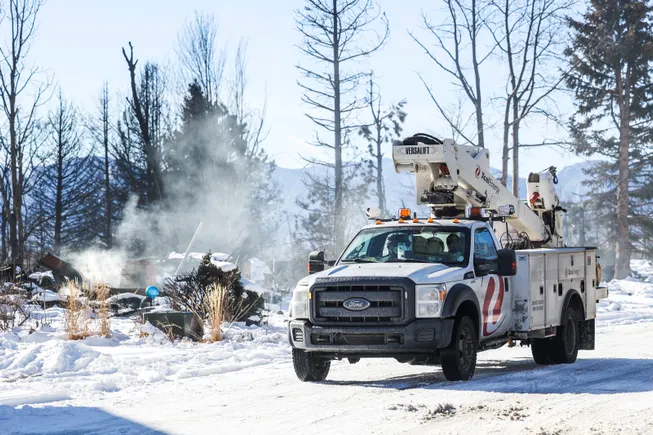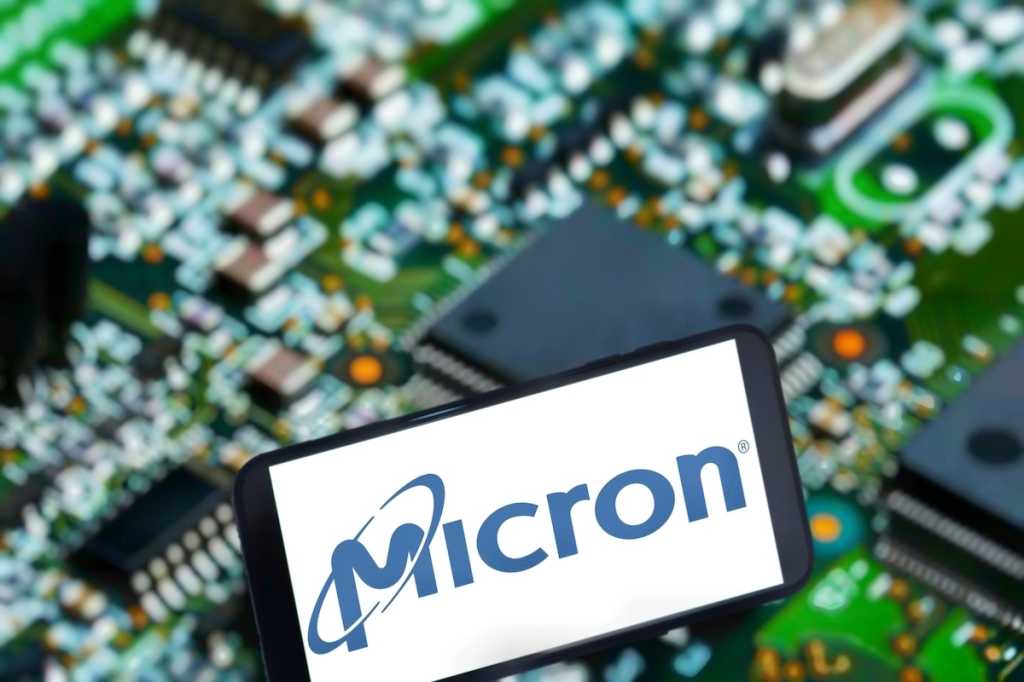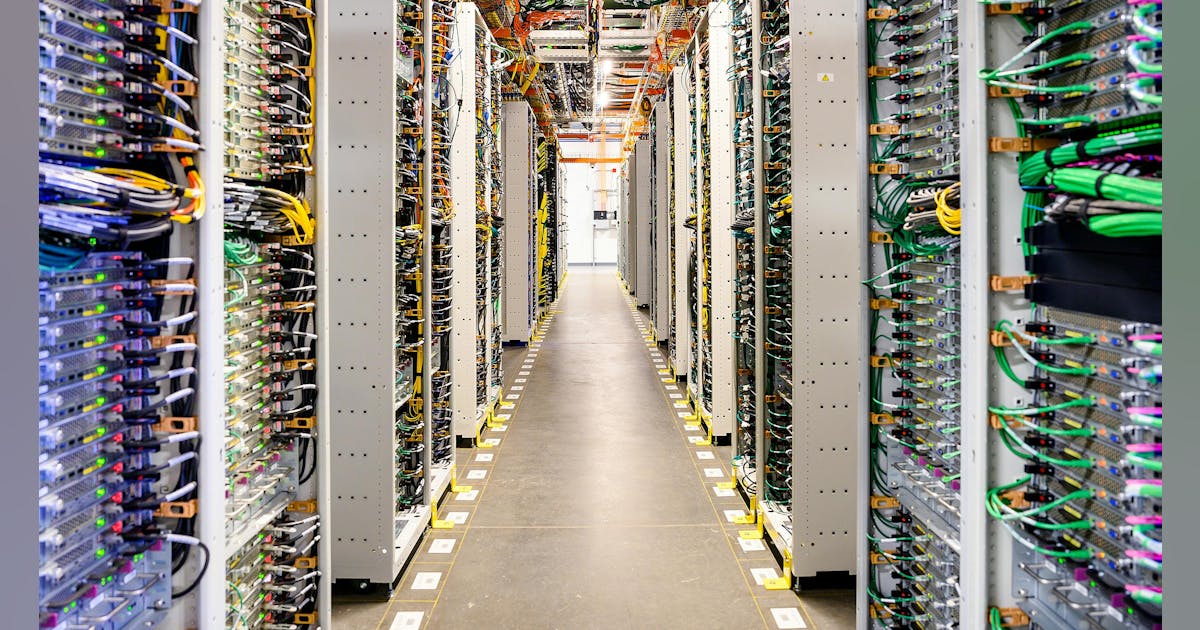
Valero Energy Corp. on Thursday reported a loss attributable to shareholders of $595 million, or $1.9 per share, for the first quarter, impacted by $1.13 billion in pre-tax impairments.
The write-downs came from the Benicia and Wilmington refineries in California. On April 16 Valero said it had notified the California Energy Commission of its intent to “idle, restructure, or cease refining operations at Valero’s Benicia Refinery by the end of April 2026” and that it was evaluating “strategic alternatives” for the rest of its assets in the state.
Before impairments, net profit landed at $282 million, or $0.89 per share assuming dilution. That is down 77.86 percent from Q1 2024 as margins fell. Valero’s stock closed lower at $113.36 on the New York Stock Exchange on results day.
In its conventional fuel production segment the San Antonio, Texas-based company logged a refining margin per barrel of throughput of $9.78 in the January-March 2025 period, compared to $14.07 in Q1 2024. Production rose year-on-year to 2.85 million barrels a day.
Meanwhile renewable diesel sales averaged 2.44 million gallons per day, down from 3.74 million gallons per day in Q1 2024. For the remaining segment, ethanol, Valero reported an average production volume of 4.47 million gallons per day, stable compared to Q1 2024.
The refining segment recorded an operating loss of $530 million. The renewable diesel segment also took an operating loss of $141 million. The ethanol segment generated $20 million in operating income.
Operating activities registered $952 million in net cash, down from $1.85 billion for Q1 2024.
Revenues totaled $30.26 billion, compared to $31.76 billion for Q1 2024. Ethanol contributed $1.23 billion, while $900 million came from renewable diesel.
“We delivered positive results for the first quarter despite heavy maintenance activity across our refining system and a challenging margin environment in the Renewable Diesel segment”, said chair, chief executive and president Lane Riggs.
Valero returned $633 million to stockholders through dividends and buybacks in Q1 2025.
Earlier this year Valero raised its regular cash dividend from $1.07 per share to $1.13 per share. The increase raises its annualized cash dividend to $4.52 per share.
Last February Valero issued senior notes with an aggregate principal amount of $650 million, bearing a 5.15 interest and maturing 2030. It repaid outstanding principal balances of $189 million of 3.65 percent senior notes that matured March and $251 million of 2.85 percent senior notes that matured April. Valero ended Q1 2025 with $8.48 billion in total debt including a current portion of $251 million. Current liabilities stood at $15.14 billion.
Its current assets totaled $23.59 billion including $4.63 billion in cash and cash equivalents.
To contact the author, email [email protected]
What do you think? We’d love to hear from you, join the conversation on the
Rigzone Energy Network.
The Rigzone Energy Network is a new social experience created for you and all energy professionals to Speak Up about our industry, share knowledge, connect with peers and industry insiders and engage in a professional community that will empower your career in energy.
MORE FROM THIS AUTHOR




















